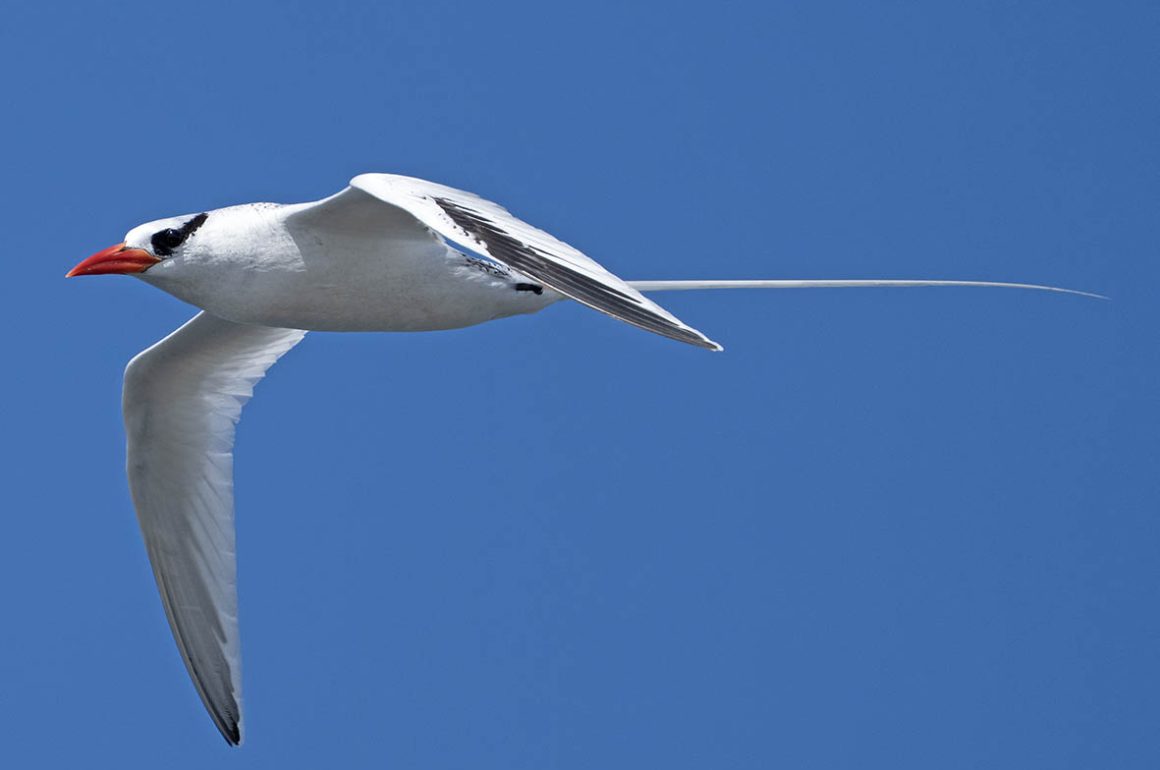
I dedicated my last article to some of the endemic seabirds of the Galapagos Islands. I will endeavour to complete the picture in this second part, including other species that may be wider-ranging but nevertheless of interest.
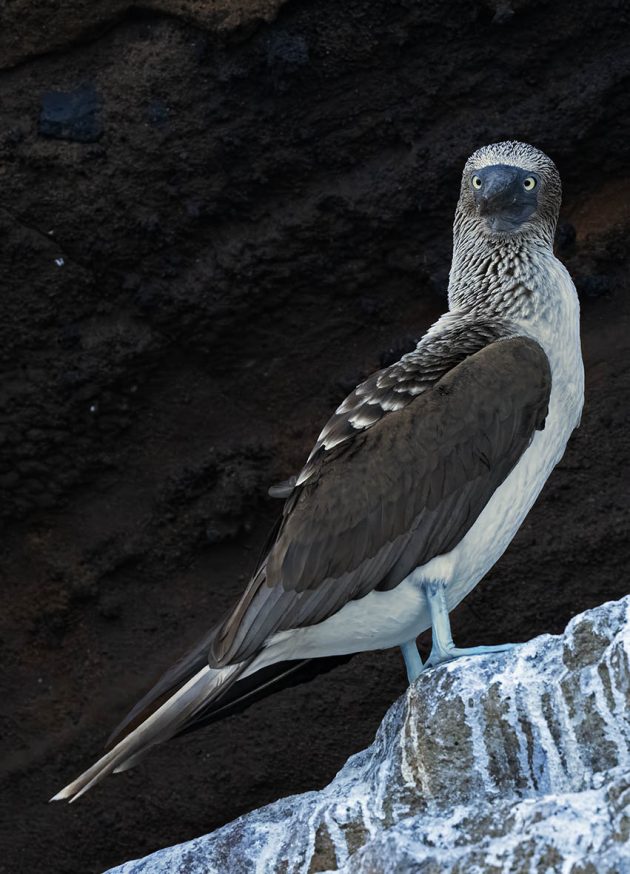
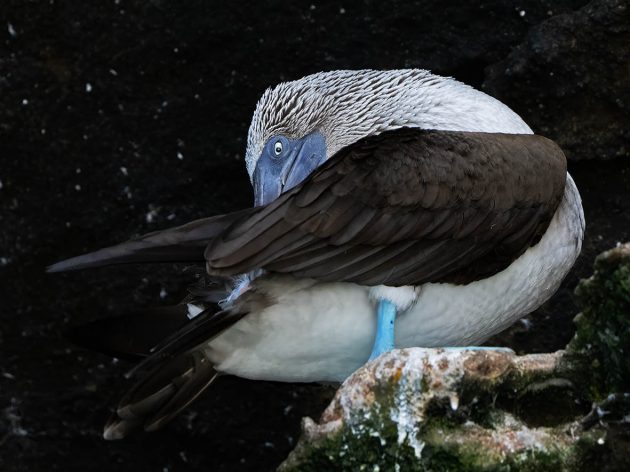
Three species of booby (Sula species) inhabit these islands. Perhaps best known for its antics in the breeding “dance” is the Blue-footed Booby (Sula nebouxii). This species nests throughout the Galapagos and is also found along the Pacific coasts of Mexico, Ecuador and Peru. If the blue feet are striking in this species, the red feet of the Red-footed Booby (Sula sula) are a match. This widespread tropical species breeds on just a few Galapagos islands. For me, the third species – Nazca Booby (Sula granti) – is the most striking. Although it breeds also along the mainland Pacific coasts, almost half of the world population actually breeds on Galapagos. Punta Suarez on Española is a fantastic site for breeding seabirds, not just Nazca Booby, where you can get very close and photograph many with short lenses. Of course, a long telephoto gives you greater reach and is necessary for flight shots.
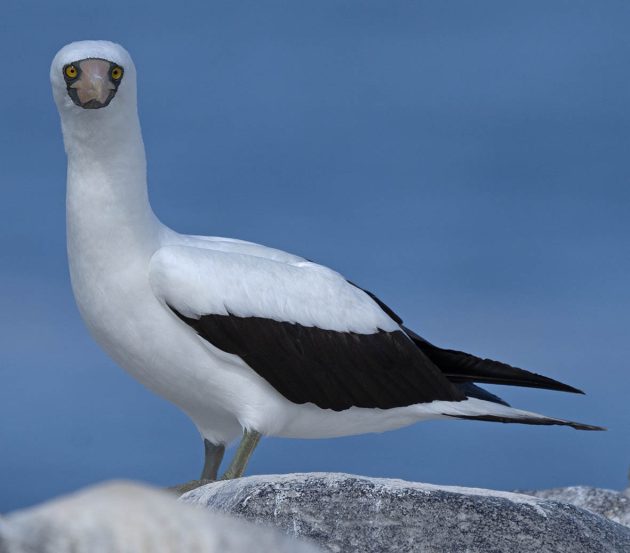
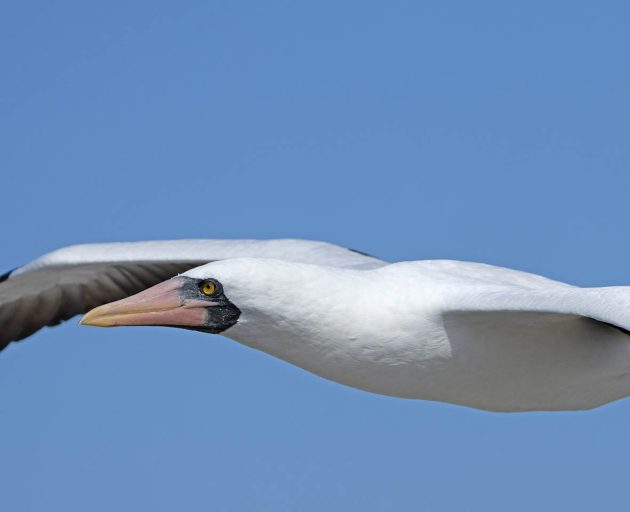
Two frigatebirds (Fregata species) nest on Galapagos. Both the Great Frigatebird (Fregata minor) and the Magnificant Frigatebird (Fregata magnificens) are widespread tropical species and they are omnipresent on Galapagos waters, always hanging in the air waiting for an opportunity. They can be remarkably fast when they see a chance of a quick meal, either floating on the sea surface or, most often, to be taken from an unsuspecting seabird. If you think skuas (jaegers) are the ultimate kleptoparasites, follow these guys and think again!
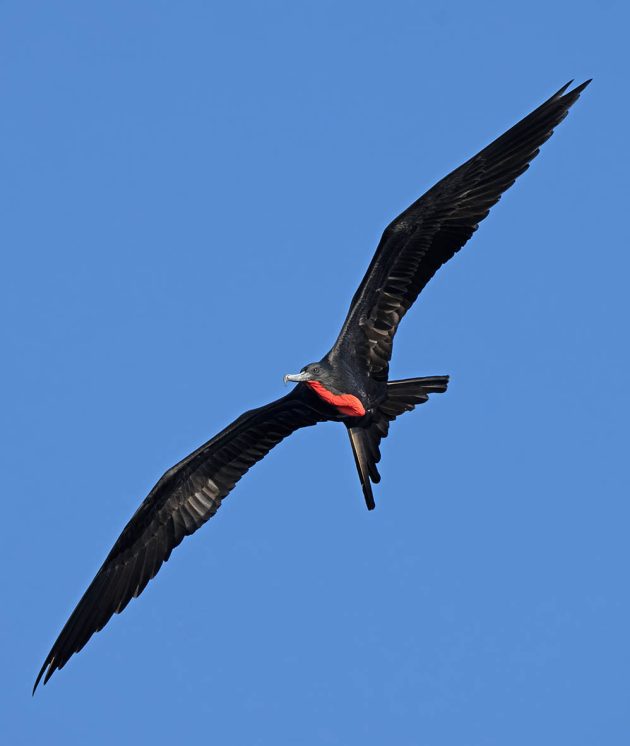
Brown Pelicans (Pelecanus occidentalis) are widespread along the coasts of North and South America and the Caribbean. They are ever-present off the Galapagos Islands too. On Galapagos you will find an endemic subspecies – urinator – distinguished from californicus by a blackish gular (not red) and a darker dorsum (and often ventrum, too).
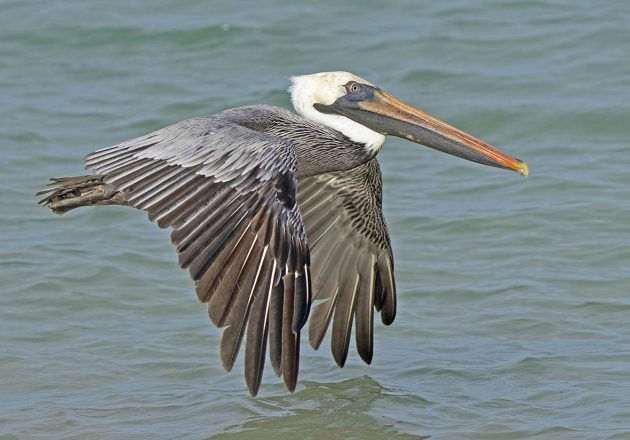
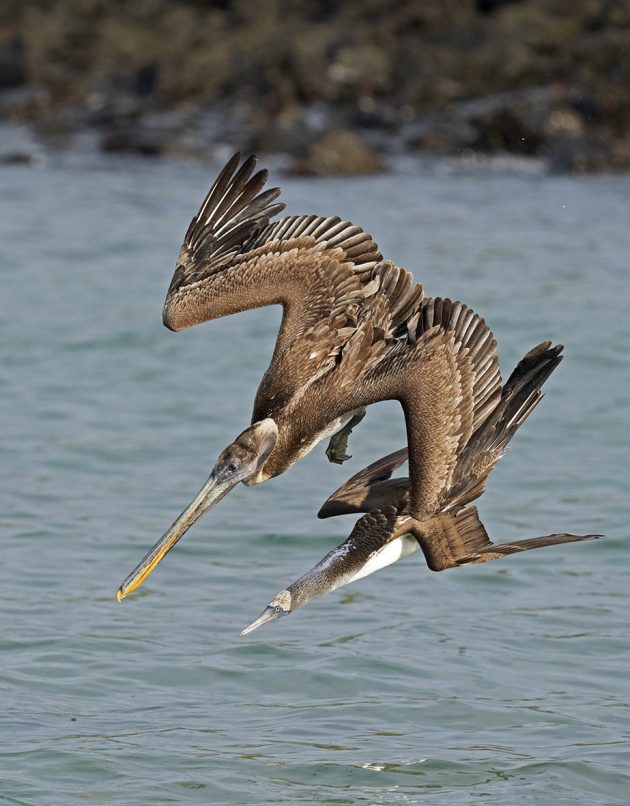
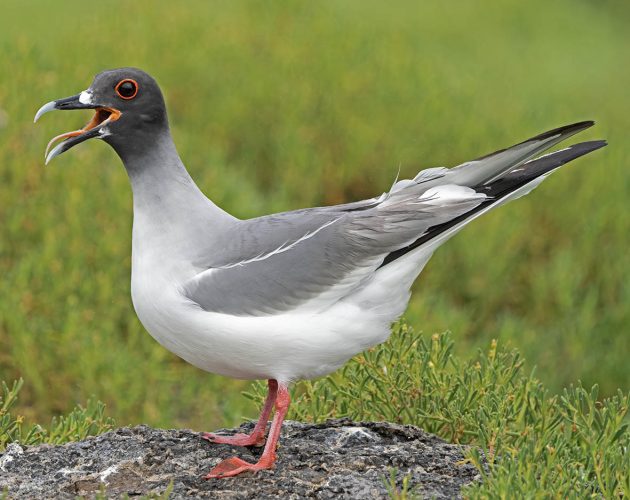
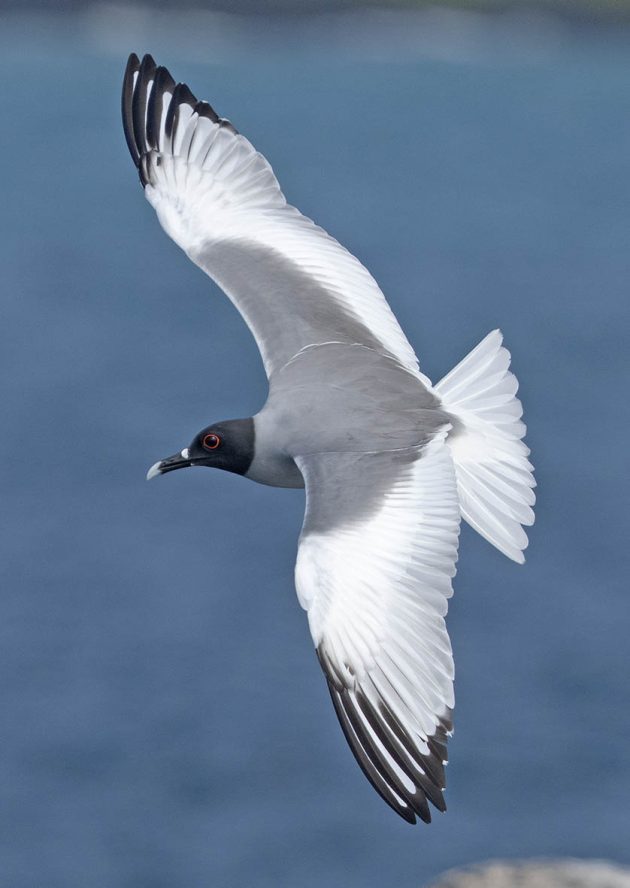
Two gulls breed on Galapagos. The endemic Lava Gull (Larus fuliginosus), with around 500 individuals, is the rarest gull in the world. They are found throughout the archipelago but in very small numbers. The Swallow-tailed Gull (Creagrus furcatus) is also endemic, although there is also a small breeding population in Colombia. Gulls are a favourite group of mine and I have to say that I found this species ranking among the most beautiful, probably topping the charts. A nocturnal feeder, its large eyes undoubtedly work in favour of this claim for an absolutely stunning bird. Sooty Tern (Sterna fuscata) and Brown Noddy (Anous stolidus) complete the seabird picture. Both are widespread tropical species and Sooty only breeds on one island. The Brown Noddy, however, belongs to an endemic subspecies galapagensis.
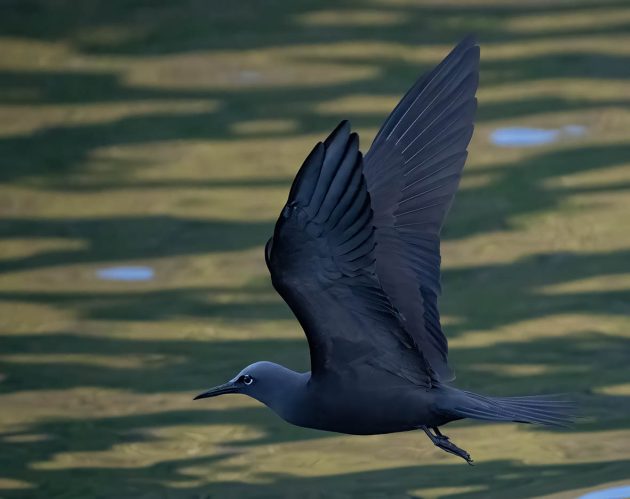
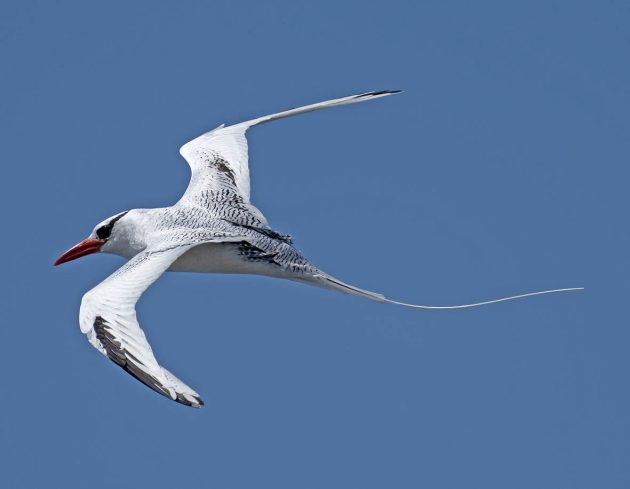
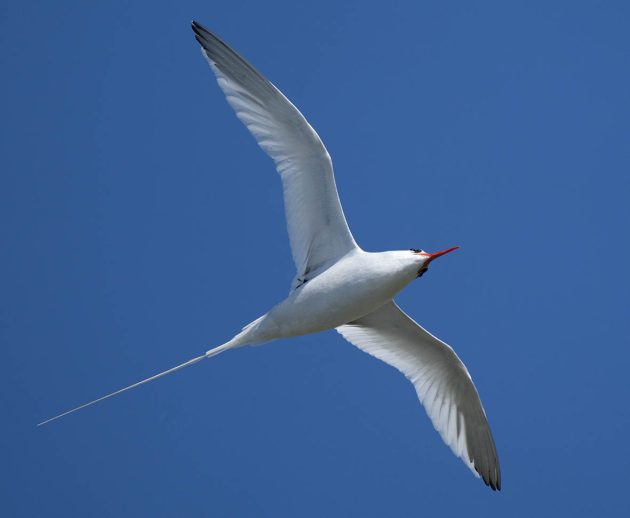
Saving, for me at least, the best for last, I conclude with the ethereal Red-billed Tropicbird (Pheathon aethereus). What a cracking bird! A wide-raging tropical seabird, it breeds on a number of islands within the archipelago. For anyone visiting Galapagos and looking for its seabirds, the endemics are naturally high on the list. Flightless Cormorant and Galapagos Penguin may be the stars but in terms of absolute beauty I stay with Red-billed Tropicbird and Swallow-tailed Gull.
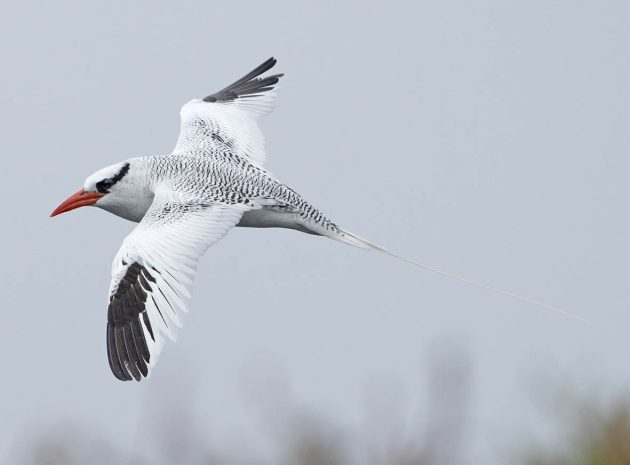
More on Galapagos Seabirds can be found in Part 1 of the post.


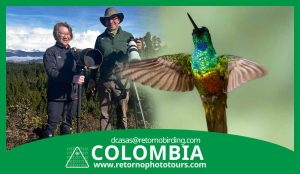
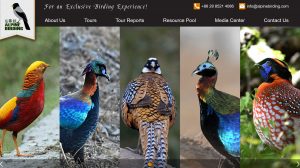
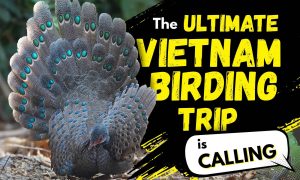
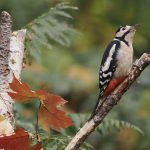
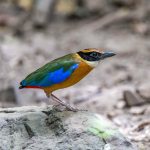
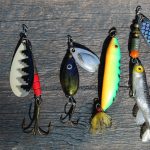
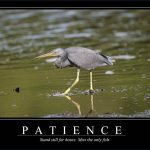
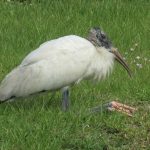
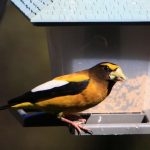
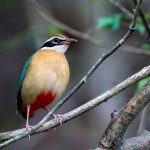
Thank you superb photos
Tropicbirds are the best, I completely agree.
Stunning pictures and interesting text, as always.